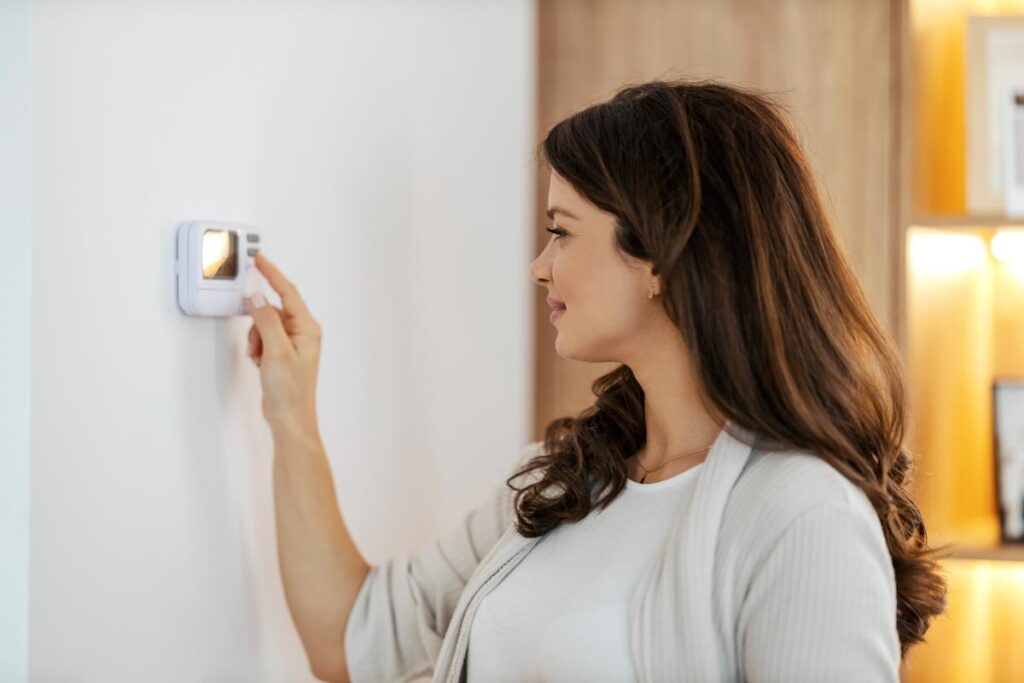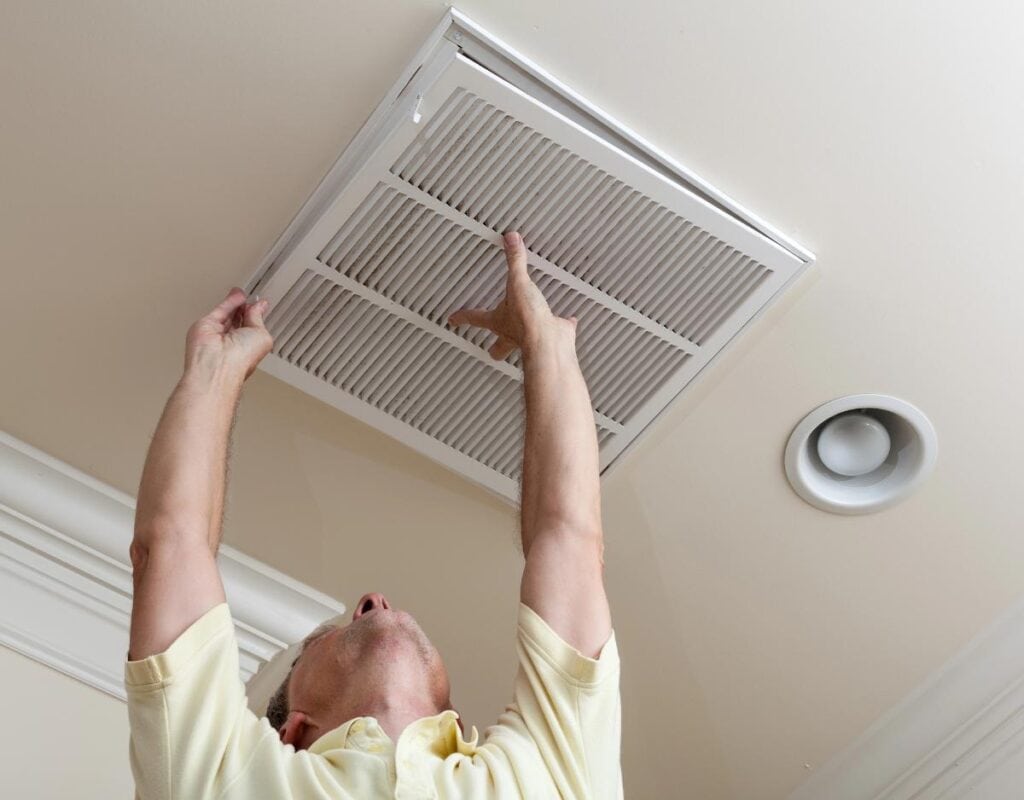
As temperatures drop, your furnace is the key to a warm and safe home, shielding your family from the harsh chill of winter. Proper maintenance ensures that you all stay comfortable, but it also prevents unexpected breakdowns and dangerous situations that can arise when heating systems fail. While many people only think about their furnace when it stops working, regular upkeep is the best way to avoid emergency repairs and costly fixes.
Whether you are preparing your home for the first frost or maintaining your heating system throughout the coldest months, these furnace maintenance tips are essential for every homeowner who is concerned about comfort, efficiency, and safety. For those living in Northern Kentucky looking for furnace repair Erlanger professionals offer the added assurance of expert care and optimal performance all year long.
Regular upkeep is about more than just staying comfortable (although that’s very important). Maintenance extends your furnace’s lifespan, improves energy efficiency, and supports healthy indoor air quality. It also keeps your family safe from dangerously low temperatures.
Changing filters, cleaning vital components, and ensuring proper airflow are just a few of the steps that even handy homeowners can undertake. However, professional inspections play an irreplaceable role in making sure that all critical parts are working properly, helping you catch minor problems before they escalate into major repairs. Combined, these steps provide peace of mind and ensure you make the most of your heating investment.
Replace Air Filters Regularly
Your furnace’s air filter is your first line of defense against dust, dirt, and allergens that are present in every home. Over time, filters become clogged with contaminants, forcing the system to work harder to pull air through. It increases wear and tear, increases your energy bills, and can even cause your furnace to overheat or shut down.
Ideally, check the air filter each month, especially during peak heating season, and replace it every one to three months, depending on your system’s needs and the manufacturer’s recommendations. Clean filters ensure better air quality by trapping pollutants before they circulate, prolong the life of your furnace by reducing strain on vital components, and can significantly lower your home’s energy costs.
Households with pets that shed, smokers, or allergy sufferers should consider replacing filters more frequently to maintain better air quality.

Inspect and Calibrate the Thermostat
A malfunctioning or miscalibrated thermostat can lead to uneven temperatures, inefficient heating cycles, and energy waste that is both costly and uncomfortable. Test your thermostat by adjusting the temperature and observing how the furnace responds. Does it activate in a timely fashion and maintain your preferred comfort level? If the temperature doesn’t seem accurate, or if the system cycles on and off irregularly, the thermostat may need recalibration or replacement.
Upgrading to a programmable or smart thermostat adds another layer of savings and convenience, since these devices allow you to set detailed schedules and remotely control the heat from anywhere. This targeted heating can reduce unnecessary furnace usage during the day while keeping your home warm and cozy at night.
Clean Vents and Registers
Blocked, dirty, or dusty vents force your furnace to work harder, resulting in higher energy costs and poor air circulation throughout your home. Routinely inspect all vents and registers and remove any dust or debris with a vacuum and a damp cloth. Neglected vents restrict airflow, sometimes causing rooms to become uncomfortably cold or hot.
Don’t forget to check behind and beneath furniture, drapes, and rugs, which can unknowingly block airflow. In homes with pets or high dust levels, you may need to check more often. Keeping your vents clear consistently delivers dependable heat to every room and helps maintain indoor air quality.
Schedule Professional Inspections
While being diligent about cleaning your vents and changing filters is important, nothing replaces the expertise and thoroughness of an annual inspection by a certified HVAC technician. Professionals can detect early signs of component wear, test for dangerous gas or electrical issues, and inspect the heat exchanger for cracks—a leading source of carbon monoxide leaks.
During an inspection, a technician will clean internal parts, lubricate moving components, check safety controls, and ensure all mechanical and electrical connections are secure. These comprehensive checkups can spot inefficiencies or hazards you might overlook, allowing for timely repairs and improving the overall function and durability of your system. Annual service is especially important for older units or those in constant operation, helping you avoid system failures just when you need heat the most.
Monitor Carbon Monoxide Levels
Carbon monoxide (CO) is a colorless, odorless byproduct of incomplete combustion from your furnace’s burners, and exposure poses significant health risks, including headaches, dizziness, nausea, or even death in severe cases.
Installing carbon monoxide detectors on every level of your home, especially near bedrooms and the furnace itself, is a critical safety measure. Test alarms every month and replace batteries at least twice a year—consider syncing these checks with daylight saving time changes for an easy reminder.
If a detector sounds, evacuate your home immediately and call emergency services, as CO is extremely dangerous.
Ensure Proper Ventilation
A furnace relies on unobstructed ventilation to safely expel exhaust gases and draw in fresh air needed for efficient combustion. Blocked or partially obstructed vents and chimney flues can result in incomplete combustion and the backflow of toxic gases, including carbon monoxide, into your living spaces.
Always check that outdoor exhaust vents and air intakes are clear of snow, leaves, nests, or other debris, especially after storms or periods of heavy wind. A visual inspection should be part of your routine, and any signs of corrosion, rust, or animal activity around these vents should be addressed immediately for safety reasons.
A properly ventilated furnace runs more efficiently, provides more reliable heating, and reduces the risk of dangerous indoor air pollution.
Keep the Furnace Area Clear
The space surrounding your furnace should remain clutter-free at all times. Store paper goods, cleaning products, paint, and any other flammable materials at least three feet away from the unit.
Access around the furnace is not only critical for reducing fire hazards, but it also ensures that technicians have enough room to perform maintenance or make necessary repairs quickly in the event of a breakdown. A clear area allows air to circulate more easily around the furnace, improving its heat exchange efficiency, and prevents accidental blockages of the intake and exhaust.
Listen for Unusual Noises
Make note of any unusual noises coming from your furnace or ductwork, as they could indicate various problems, such as worn-out parts, blower issues, or airflow obstructions. Addressing these noises promptly can prevent costly repairs or system failure. If you cannot resolve the problem yourself, consult a professional.
Regular furnace maintenance ensures comfort, energy efficiency, and safety during the winter months. By incorporating these tips into your home care routine, you can protect your investment and create a healthier environment. Consult qualified experts for any issues beyond basic DIY maintenance, and your heating system will provide warmth and security for years to come.
